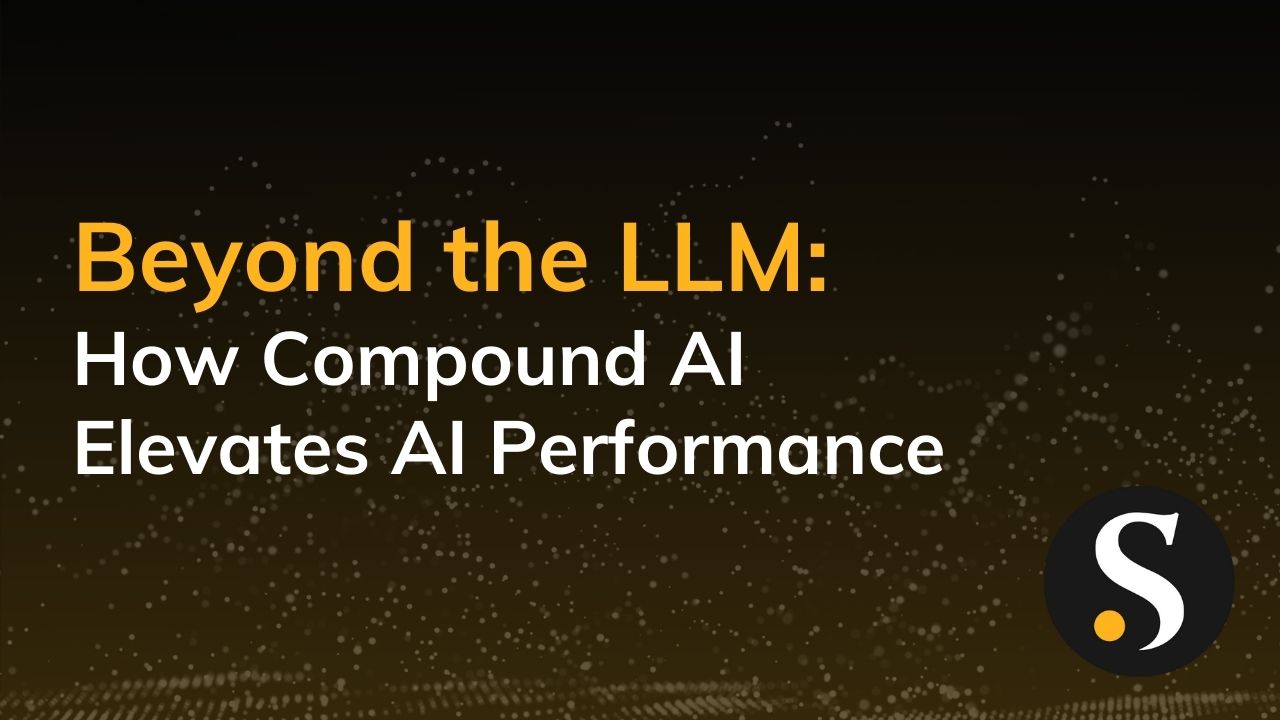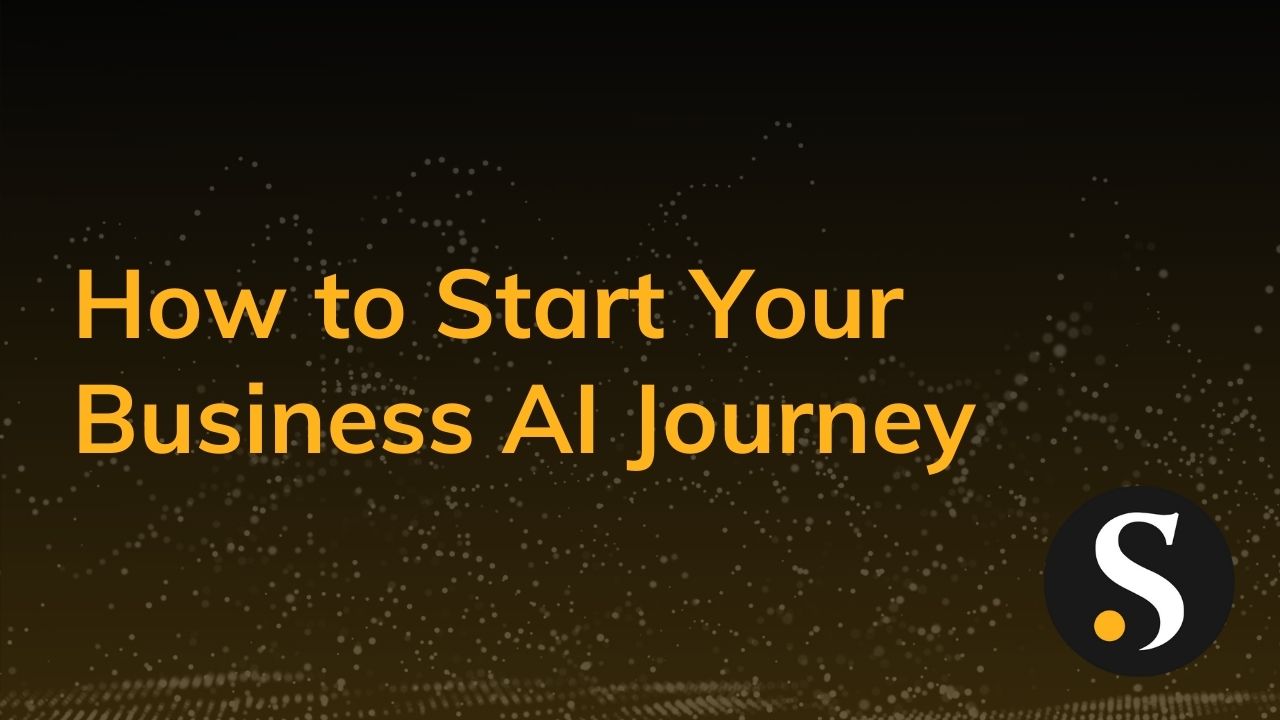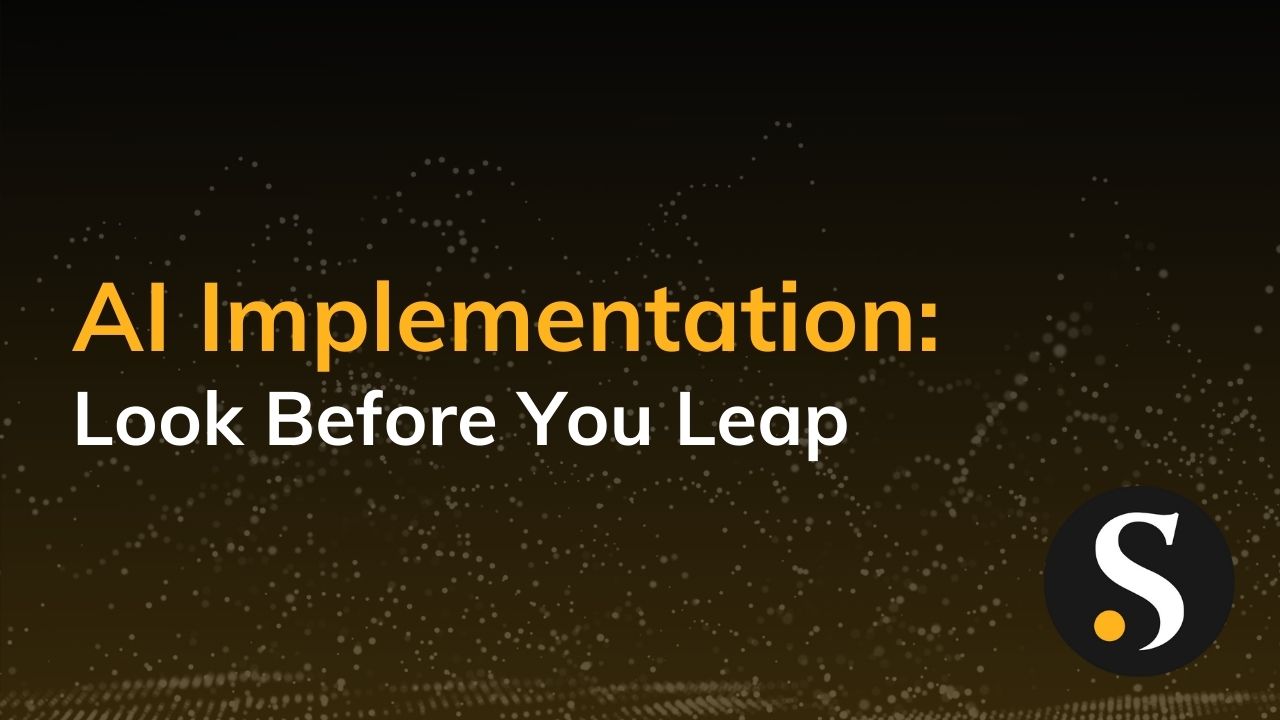To tap into the power of data analytics, you must first collect and organize all the information with a data warehouse.
But data warehouse development is a challenging process that requires deep technical knowledge. It’s hard to find experienced developers with the right skills to create a clean and reliable central repository.
Yet, organizations can’t afford to skimp over this process. Your data warehouse is the foundation of your data strategy. It’s the single source of truth that powers your business intelligence (BI) tools and impacts business decisions through accurate insights.
The good news is that you can put most of these complex processes of developing, deploying, and managing a data warehouse on autopilot to reduce resource needs while improving output quality. Here are the ins and outs of building an automated data warehouse.
What is Data Warehouse Automation (DWA)?
Data warehouse automation (DWA) uses automation technologies to accelerate the data warehouse development cycle—from source system analysis to testing and documentation—while maintaining quality and consistency.
DWA improves productivity and reduces costs by eliminating manual and repetitive tasks associated with data warehousing processes, including:
- Design
- Development
- Testing
- Deployment
- Operations
- Impact analysis
- Change management
Data automation tools use metadata, data warehousing techniques, pattern detection, and other methodologies to generate data warehouse design and coding.
These low-code tools leverage development wizards and templates to eliminate time-consuming and labor-intensive hand-coding processes. You can hit a key and have 300 lines of SQL procedures generated in a few seconds (and they actually work!).
The Challenges of Cloud Data Warehouse Adoption
DWA is a critical piece of digital transformation because it solves various challenges associated with performing data analytics in the cloud.
Although organizations talk a good game about cloud migration, some are stalled by complex processes. Additionally, many companies don’t even have a true dimensional data warehouse they can migrate. Attempting to build your first data warehouse is hard enough—and if you have to do it in an unfamiliar environment (i.e. the cloud), the challenges multiply.
The cost of building or migrating a data warehouse to the cloud is high, while the benefits are often not immediately obvious to make it a priority for decision-makers. Many organizations that already have a data warehouse leave it on-premise, taking a hybrid approach of tacking a cloud BI tool like Power BI onto an on-prem database.
Moreover, the cost of cloud computing can vary greatly based on usage. Some organizations are wary that they’d be signing a blank check. While data storage costs are pretty straightforward, projecting the computing power you need to support ETL or ELT processes is complicated.
All these challenges hinder cloud data warehouse adoption, which prevents organizations from realizing the promise of a cloud strategy and leveraging data analytics to its fullest potential.
How Data Warehouse Automation Supports Cloud Data Warehouse Adoption
Data warehouse automation tools like Coalesce or Wherescape automate as much as 80% of the data warehouse lifecycle. DWA allows IT teams to streamline data source integration, increase productivity, implement best practice standards, and work effectively with big data. These tools also help flatten the learning curve of implementing a new data platform.
But, wait…there’s more about how DWA can support your data initiatives.
1. Shortened Development Cycle
DWA tools help reduce the complexity and difficulty of the development process. Instead of poring over thousands of lines of code and reinventing the wheel, development teams can focus their time and resources on supporting impactful BI initiatives that add value to the organization.
For instance, they don’t have to go to a database analyst every time (and wait days) when they need a table or an index scheme. Data automation also reduces the number of handoffs and lowers the chances of errors.
2. Agile Data Warehouse Development
Traditional data warehouse development projects typically follow a waterfall, upfront-heavy approach, which is less suited for today’s fast-evolving data requirements. On the other hand, DWA tools can better support an agile data warehouse process—for example, by facilitating rapid prototyping.
By embedding technical knowledge into templates and reducing the complexity of the code generation process, data warehouse automation tools increase agility and allow developers to get to the end product, such as reports and dashboards, much faster.
3. High-Quality, Standardized Code
I’ve been doing data warehouse development for 20 years, and at first, I was skeptical (like many) about the quality of the automatically-generated code. So I cracked open the code written by Wherescape, a popular DWA tool, to look under the hood.
The output follows all the best practice patterns, and the software writes code as I would do myself—I wouldn’t change anything. The high-quality code allows programmers to spend less time debugging and troubleshooting and more time building applications.
4. Automated Documentation
Data warehouse documentation is a pain in the behind. Nobody likes to do it, and it often gets deprioritized until something goes wrong and nobody can figure out why.
A data warehouse automation tool automates documentation as you build, keeps everything in the same repository, and tags it with metadata. You can even generate reports and presentation documentation (i.e. data lineage) for various audiences at the appropriate granularity with just a few clicks.
5. Predictable Cost
When you pair a data automation tool with an on-prem warehouse solution, you eliminate the variable compute costs associated with ETL or ELT pipelines by simplifying the data transformation process and making it easy to project costs.
Also, when you’re ready to migrate your on-prem data warehouse to the cloud, you don’t need to rewrite a large amount of extensive database scripting. A data automation tool simplifies the migration process to reduce the time and costs required to complete your cloud journey.
Why Aren’t You Building an Automated Data Warehouse?
Data warehouse automation sounds great…so why aren’t more organizations doing it?
Many small- and medium-sized organizations simply can’t justify the upfront costs. They take the “if it ain’t broken, don’t fix it” approach by pulling on-prem SQL server databases for their Power BI reporting. However, this method may not generate the most timely and accurate insights.
Meanwhile, organizations with a more mature data practice often have to untangle the challenges associated with legacy warehouses. Many developers are comfortable with their on-prem environments and don’t have the experience to handle the rapidly-evolving cloud landscape, especially ETL or ELT processes.
Even if your organization is willing to invest in migrating to a cloud data warehouse, hiring the right talent is challenging and costly in today’s tight labor market. As a result, you might keep using Power BI with on-prem data because it’s much easier to find Power BI developers or train internal resources.
But there will come a time when migrating a data warehouse to the cloud is necessary. Recognizing these signs and taking steps to prepare for this transition will help ensure a smooth and successful migration.
When to Consider a Cloud-Based Automated Data Warehouse
It may be time to migrate your data warehouse to the cloud if you encounter these issues:
- Your Power BI dataset has hit size limits or takes a long time to refresh.
- You need to perform a lot of data transformations and power queries, and they’re straining Power BI’s performance.
- You need data modeling capabilities that aren’t available in the semantic layer (i.e. Power BI.)
- Your on-prem resources are overloaded, outdated, or due for an expensive upgrade or replacement.
- Your on-prem data gateway and cloud-based Power BI connection can’t meet your latency requirement.
Pave the Way to Cloud Data Warehousing With DWA
Migrating to a cloud data warehouse is usually complex and overwhelming. You can ease the transition by implementing a DWA tool (i.e. WhereScape STAR or Coalesce) for your on-premise data warehouse.
This step is a good option if you have on-prem resources that work well enough without needing a complete overhaul. Rebuilding inefficient code or pipelines with a DWA tool is much less costly than a full migration, but it allows you to future-proof your workflows for any cloud data warehouse platform you choose to use later.
Additionally, your team can experiment with prototypes and build their skills in a familiar on-prem environment before moving to the cloud. Instead of worrying about infrastructure changes, they can focus on delivering business value via auxiliary products like Power BI.
This hybrid model enables a gradual transition, so you don’t have to boil the ocean in one go. You simply migrate to the cloud when the time is right, knowing that you have the code and structure to support a seamless lift-and-shift.
Meanwhile, you’ll gain the back-end computing power to support various analytics services and Power BI functions. You can push off upgrading to the more expensive Power BI Premium, which translates into substantial long-term savings.
Orchestrate Your Data Warehouse Automation and Migration
Every organization has its unique data landscape and requirements. There’s no one-size-fits-all formula for integrating data warehouse automation into your data strategy.
That’s why we start our data solution services by understanding where you are and where you want to go. We assess your current data weaknesses and opportunities, then prioritize your next steps for critical business needs—including building an automated data warehouse and orchestrating migration to the cloud.
Learn more about our data solutions and get in touch to see how we help you realize the promises of data-driven decision-making and digital transformation.









